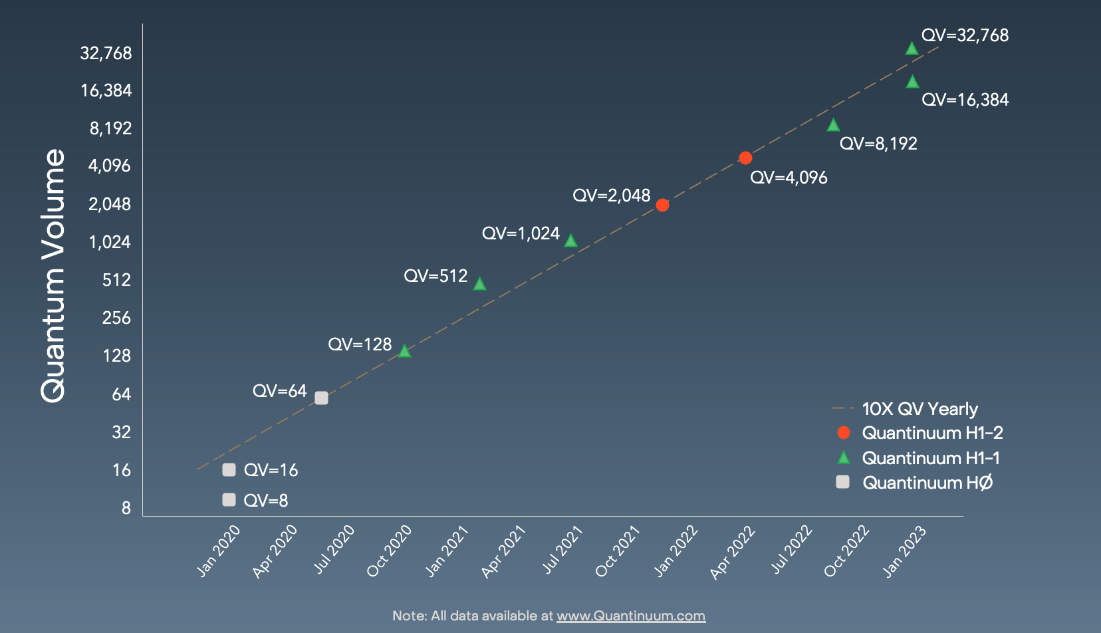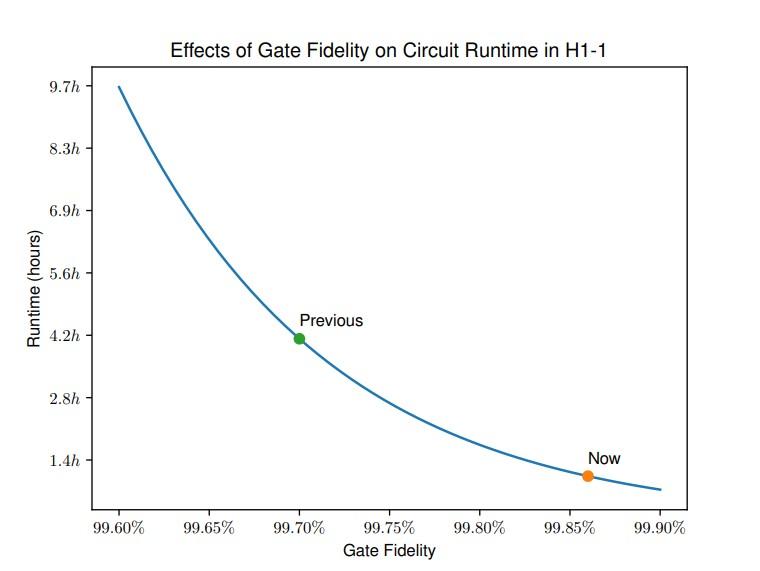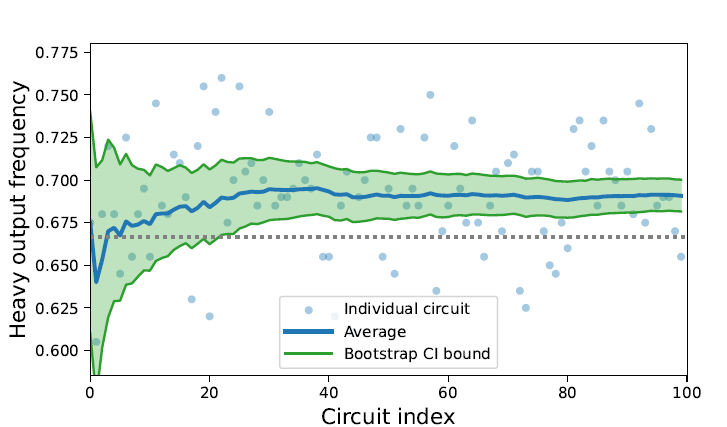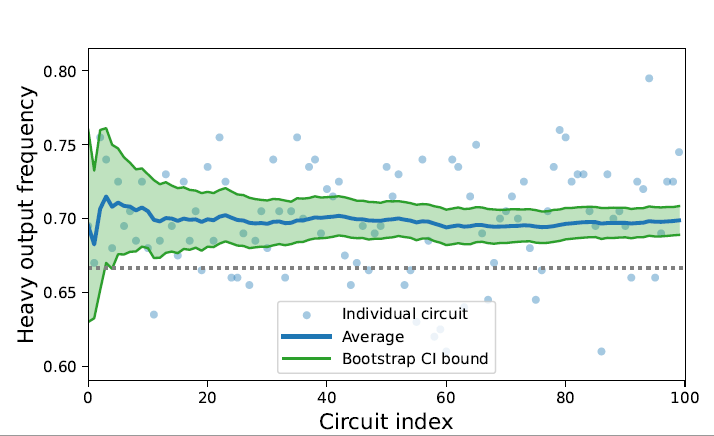For more than two decades, there has been a general consensus among physicists pursuing the development of universal, fault-tolerant quantum computers that non-Abelian topological states would offer a promising path to success, if the states could ever be created.
These states host exotic quasi-particles—called anyons—that allow the storage of quantum information in their internal states which can only be changed by "braiding" them around each other in spacetime. Small perturbations in the trajectory of these braids would then leave the topology of the braid unchanged, making this paradigm inherently robust. It is as if they are ‘deaf’ to the noise of a system.
The problem however, is that non-Abelian anyons have never yet been detected, much less controlled.
Until now.
Now, Quantinuum scientists, in collaboration with researchers from Harvard University and Caltech, have turned years of theory regarding topological states into reality, using the unique capabilities of the new H2 trapped-ion processor to create and control non-Abelian anyons. Using a shallow adaptive circuit on the H2, the research team prepared a non-Abelian quantum state on 27 qubits with a fidelity per site exceeding 98.4%.
This demonstration hinges on crucial advances in theory and experiment. On the theory side, Dr. Ruben Verresen, Prof. Ashvin Vishwanath (Harvard) and Dr. Nathanan Tantivasadakarn (Caltech) have shown how to use mid-circuit measurement to significantly simplify the route towards this kind of non-Abelian state. On the experimental side, the increased qubit capacity of the H2 system allows for sufficient complexity to create collective non-Abelian particles, while keeping the extremely low gate and mid-circuit measurement errors of previous generations.
The achievement has set the stage for an accelerated path to fault-tolerant quantum computing while also paving the way for new fields of research within condensed matter physics and high-energy physics.
The paper documenting the research, "Creation of Non-Abelian Topological Order and Anyons on a Trapped-Ion Processor," is posted in Nature. This research was one of several papers published at the launch of H2, the next generation in Quantinuum's H-Series quantum computer, Powered by Honeywell.
Advancing the Hardware Roadmap
Quantinuum has been advancing this area of research in “stealth mode” for some considerable time.
Ilyas Khan, Quantinuum’s Chief Product Officer said "I recall vividly discussing topological quantum computing with Henrik 7 years ago during a long hot summer when devices such as our H2 processor were hard to even dream about. This research represents a milestone that benefits the industry as a whole and yet again demonstrates our ability to not only be world leaders today but also long into the future.”
"Topological order is our best shot at creating a quantum computer with very low error rates," Henrik said. "We need to be able to operate on the system while keeping it protected from the environment," he said. "Topological order can offer that protection. This research demonstrates that the more exotic kind of topological state, the non-Abelian kind, can be created with today's devices on-demand and with high fidelity. One of next steps will be to demonstrate stability by repetitive error-correction, utilizing the same ingredients used to prepare the state in the first place."
According to Tony Uttley, President and COO of Quantinuum, this advance represents a breakaway moment for Quantinuum.
"We've reached a point with our technology that we can build a quantum computer on top of a quantum computer," Tony said. "These non-Abelian topological qubits can layer on top of physical qubits without changing how our quantum computer operates. That accomplishment will accelerate our work on the path to fault-tolerant quantum computing."






